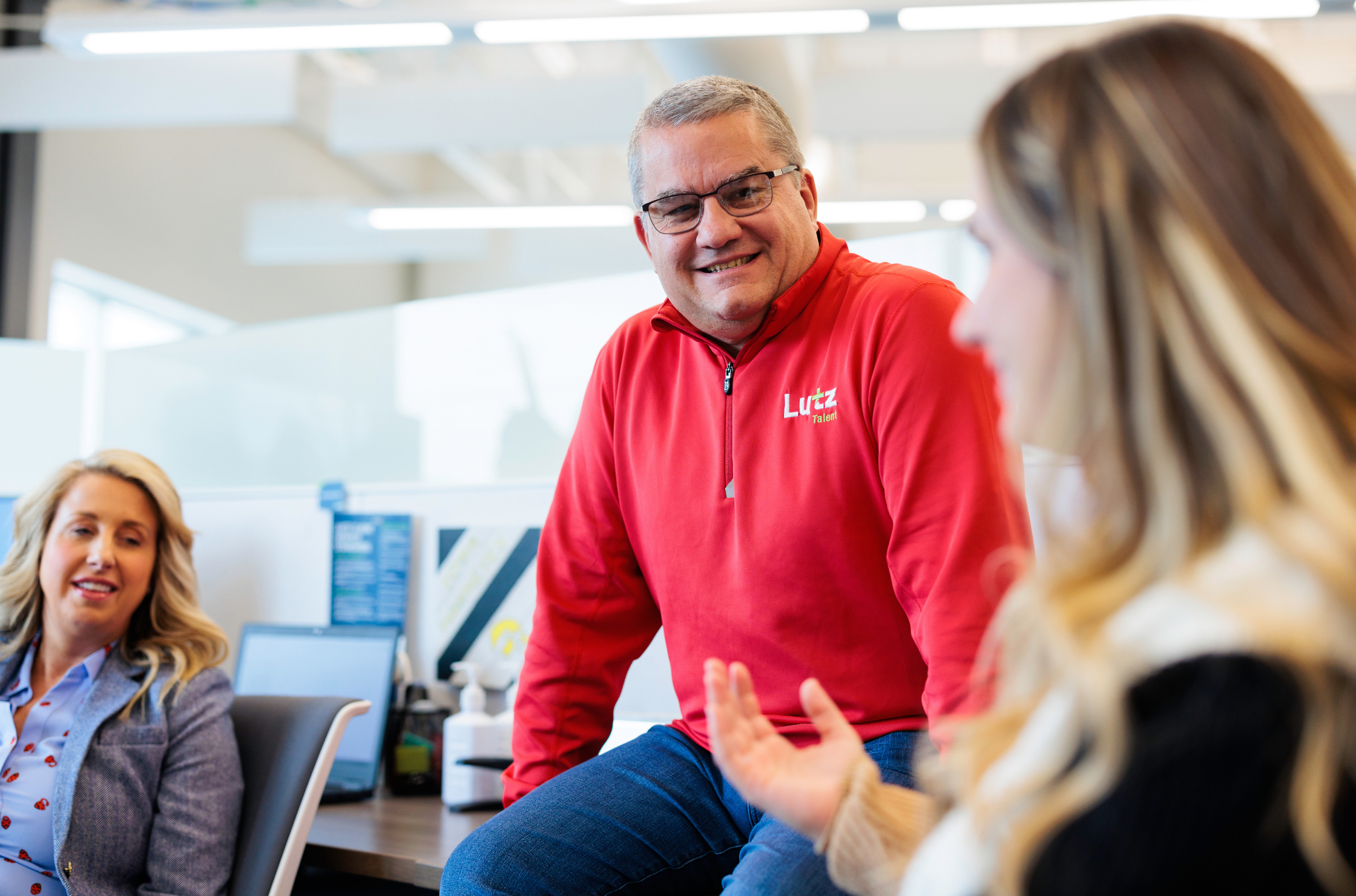The Federal Reserve Pauses Rate Hikes + Market Update + 6.20.23

Last week the Federal Reserve announced its decision to hold the benchmark federal funds rate unchanged. The pause in hikes was largely expected by the market, as Fed officials had been alluding to the move for several weeks. During the post-meeting press conference, Fed Chairman Jerome Powell was intent on setting the stage for further hikes in upcoming meetings. Here are some highlights from the most recent monetary policy meeting.
Beginning in March of 2022, the Fed embarked on a path of policy tightening that saw hikes at ten consecutive meetings. On a cumulative basis, the fed funds rate has increased by 5.00% thus far in the current cycle. As the chart below illustrates, the pace of tightening has been the fastest in over 40 years.

Source: Federal Reserve & Statista
The Federal Reserve’s monetary policy-setting body is known as the Federal Open Market Committee (FOMC). The committee convenes every six weeks for a two-day meeting that is concluded by an official written policy statement and press conference from the Fed Chair, Jerome Powell. At every other meeting, the Fed publishes the ‘Summary of Economic Projections’ (SEP), which provides some transparency into the economic forecasts of individual committee members. An updated SEP was published at the June meeting. The median forecast for major economic variables like GDP growth, inflation, and unemployment are summarized in the table below. For comparison purposes, the table also includes the projections from the prior SEP published in March.
Table 1. Economic projections of Federal Reserve Board members and Federal Reserve Bank presidents, under their individual assumptions of projected appropriate monetary policy, June 2023

Source: Federal Reserve
As the above table highlights, the near-term expectation is for stronger GDP growth, lower unemployment, higher inflation, and a higher federal funds rate relative to the last publication. Those revisions seem very inconsistent with the Fed’s decision not to hike. So, what gives?
It is commonly said that monetary policy works with long and variable lags. In practice, this means that when the Fed adjusts policy, it could take many months before the impact is felt broadly through the economy. As a result, it is impossible for policymakers to know in real-time if they are doing too much or too little.
Not doing enough could lead to expectations of higher inflation becoming entrenched in the psychology of individuals. When this occurs, people can start to behave in a matter that actually contributes to more inflation. The failure of the Federal Reserve to act sufficiently to tame inflation in the 1970s under Chairman Arthur Burns meant that his successor, Paul Volcker, had to do more in the 1980s to ultimately get rising prices under control. The peak for the Federal funds rate of over 18% in the early 1980s makes today’s 5% seem quaint by comparison. On the flip side, tightening policy too aggressively has the potential to disrupt financial stability and cause unnecessary economic damage. The decision to pause was largely made to give the committee more time to observe incoming data related to economic activity and the health of the financial system.
During the post-meeting press conference, Chair Powell indicated the Fed is currently faced with two separate questions:
- Where is the finish line for rate hikes?
- How fast should they get there?
The pace of rate hikes peaked with the four 0.75% increases that occurred between June and November of last year. Since that time, the pace slowed to a 0.50% hike, then to several 0.25% hikes. According to Chair Powell, it makes sense to continue to slow the pace as they near the finish line, which according to the updated SEP, is in the range of 5.50-5.75%.
Powell was adamant the pause represents a continued slowing of the pace rather than evidence they have finished hiking. He went as far as to call the Fed’s decision a “skip” rather than a pause before immediately walking that comment back and reiterating the fact that no decision has been made about what to do at the next meeting in late July.
It’s impossible to know for sure how the path of monetary policy will evolve from here. Any number of developments could arise to sway the decision in one direction or another. This could include incoming economic data or a flare-up in the banking turmoil experienced in March. As of Tuesday afternoon, the fed fund futures market is pricing in a 75% probability the Fed will hike rates by 0.25% on July 26th.
Week in Review
- The top story moving markets last week came from the conclusion of the Federal Reserve’s monetary policy meeting. As expected, the Fed left rates unchanged in a range of 5.00-5.25%. During the post-meeting press conference, Chairman Jerome Powell indicated that the July meeting was ‘live,’ meaning a resumption of hikes was possible. Comments from the press conference and forecasts from the updated Summary of Economic Projections (SEP) suggest the potential for more policy tightening ahead. As of this writing, the fed fund futures market is pricing in a 75% probability of a hike in July.
- Economic data published last week included an update on retail sales, which beat expectations, and industrial production, which posted its first decline of 2023.
- Economic data to be published this week includes jobless claims, the US Leading Economic Indicator Index, and an early reading on services and manufacturing activity. Additionally, there will be a host of speaking engagements by Fed officials, headlined by Chairman Powell’s two-day congressional testimony.
Hot Reads
Markets
- Rate Cuts, Hikes and Pauses: The World’s Central Banks Just Made Very Different Decisions (CNBC)
- Fed Holds Off On Rate Hike, But Says Two More Are Coming Later This Year (CNBC)
- Here’s How the Federal Reserve’s Pause In Interest Rate Hikes Affects Your Money (CNBC)
Investing
- How Cheap (or Expensive) Is The Stock Market Right Now? (Ben Carlson)
- Compounding Optimism (Morgan Housel)
- This is Why You Stay The Course (Ben Carlson)
Other
- Rickie, Rory, Wyndham, Playboy and L.A.: 50 Observations from the U.S. Open (Golf.com)
- Jim Gaffigan & Seinfeld Getting Coffee (YouTube)
- Adjusting Your Body Clock May Stave Off Cancer (Scientific American)
Markets at a Glance



Source: Morningstar Direct.

Source: Morningstar Direct.

Source: Treasury.gov

Source: Treasury.gov

Source: FRED Database & ICE Benchmark Administration Limited (IBA)

Source: FRED Database & ICE Benchmark Administration Limited (IBA)
Economic Calendar
Source: MarketWatch

- Competition, Achiever, Relator, Analytical, Ideation
Josh Jenkins, CFA
Josh Jenkins, Chief Investment Officer, began his career in 2010. With a background in investment analysis and portfolio management from his previous roles, he quickly advanced to his current leadership position. As a member of the Lutz Financial Board and Chair of the Investment Committee, he guides Lutz Financial’s investment strategy and helps to manage day-to-day operations.
Leading the investment team, Josh directs research initiatives, while overseeing asset allocation, fund selection, portfolio management, and trading. He authors the weekly Financial Market Update, providing clients with timely insights on market conditions and economic trends. Josh values the analytical nature of his work and the opportunity to collaborate with talented colleagues while continuously expanding his knowledge of the financial markets.
At Lutz, Josh exemplifies the firm’s commitment to maintaining discipline and helping clients navigate market uncertainties with confidence. While staying true to the systematic investment process, he works to keep clients' long-term financial goals at the center of his decision-making.
Josh lives in Omaha, NE. Outside the office, he likes to stay active, travel, and play golf.
Recent News & Insights
Lutz Gives Back + 12 Days of Lutzmas 2025
Tis the Season... For Market Forecasts
Tired of Complex Books? 8 Ways to Simplify Your Accounting
HR Solutions That Elevate the Employee Experience




%20(1).jpg?width=300&height=175&name=Mega%20Menu%20Image%20(2)%20(1).jpg)
%20(1)-Mar-08-2024-09-27-14-7268-PM.jpg?width=300&height=175&name=Untitled%20design%20(6)%20(1)-Mar-08-2024-09-27-14-7268-PM.jpg)

%20(1)-Mar-08-2024-09-11-30-0067-PM.jpg?width=300&height=175&name=Untitled%20design%20(3)%20(1)-Mar-08-2024-09-11-30-0067-PM.jpg)
%20(1).jpg?width=300&height=175&name=Mega%20Menu%20Image%20(3)%20(1).jpg)
%20(1).jpg?width=300&height=175&name=Mega%20Menu%20Image%20(4)%20(1).jpg)
%20(1).jpg?width=300&height=175&name=Mega%20Menu%20Image%20(5)%20(1).jpg)
-Mar-08-2024-08-50-35-9527-PM.png?width=300&height=175&name=Untitled%20design%20(1)-Mar-08-2024-08-50-35-9527-PM.png)


.jpg)







